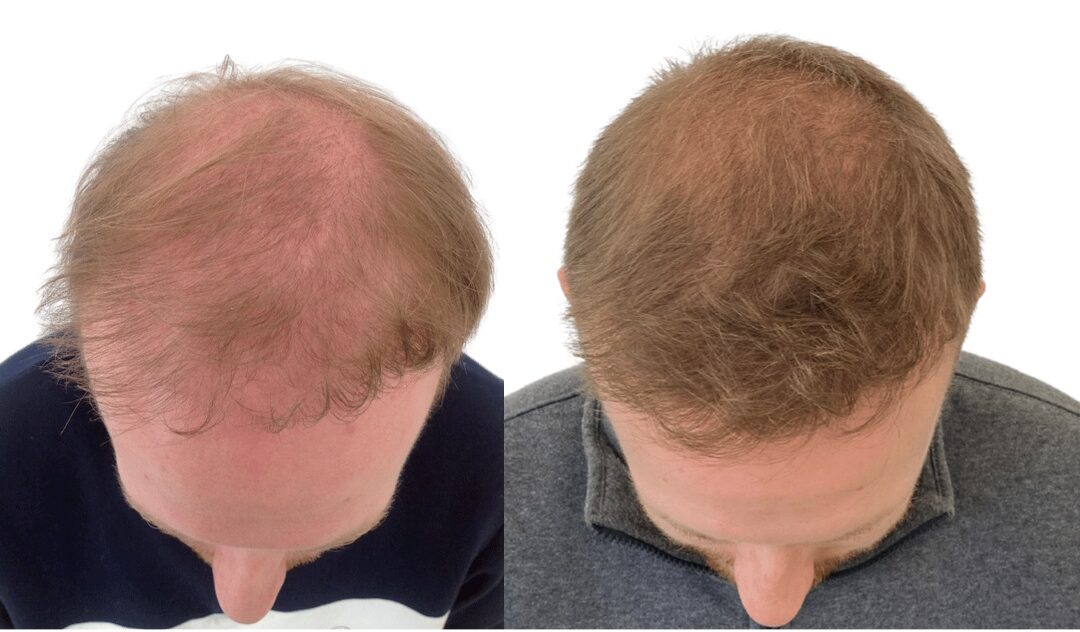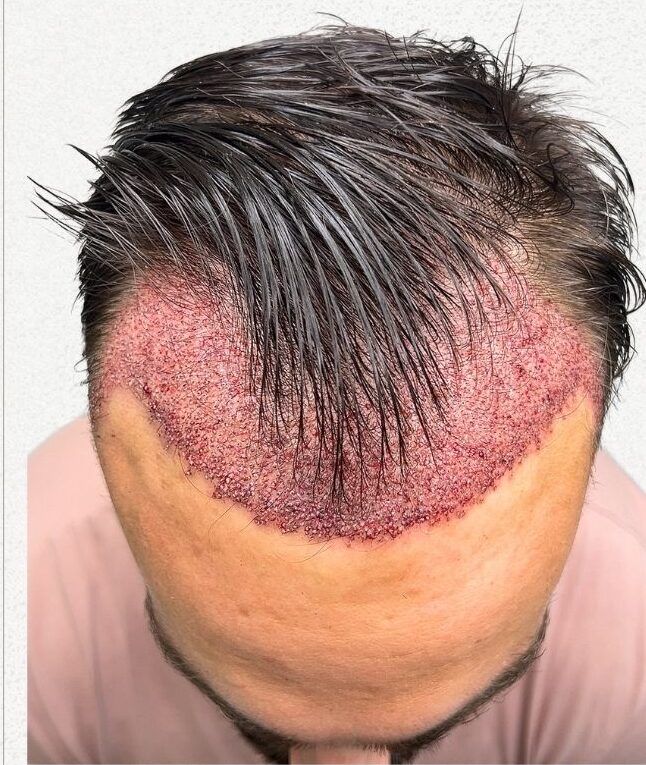But thanks to huge advancements in technology – and the arrival of AI – the conversation is changing. And fast.
In the United Kingdom, artificial intelligence is transforming the hair restoration industry from the ground up (or should we say, from the scalp down). Whether you’re someone thinking about taking the plunge or just curious about how the process has evolved, AI is helping to make hair transplants smarter, more precise, and more personalised than ever before.
Let’s explore how this cutting-edge tech is shaping the future of hair transplants – and why it might just be the best time in history to do something about hair loss.
AI-Driven Diagnostics: Tailoring the Perfect Plan for Each Patient
One of the most important parts of any hair transplant is the diagnosis. In the past, this relied heavily on visual inspection, patient history, and the instincts of a skilled surgeon. Now? AI tools are changing the game.
AI-powered diagnostic software can analyse thousands of high-resolution scalp images in seconds. It doesn’t just look at your current hair loss; it can predict future loss, calculate optimal donor areas, and identify patterns invisible to the naked eye.
Essentially, AI provides a roadmap that’s more detailed and reliable than ever before.
This means surgeons can create highly personalised treatment plans based on real data – not guesswork. If you’ve ever worried about whether a hair transplant would “work for you,” AI is helping take that uncertainty out of the equation.

The Power of Precision: AI-Assisted Hair Transplant Robots
Here’s where it starts to feel like science fiction (but it’s very much science fact).
In some advanced clinics, robotic arms powered by AI are now being used to assist with follicular unit extraction (FUE) – a key part of the transplant process where individual hairs are removed from the donor area.
These robots can identify and extract follicles with pinpoint accuracy, minimising damage and improving graft survival rates. For patients, this precision can mean less scarring, faster healing, and more natural-looking results.
It’s not about replacing surgeons – it’s about enhancing their capabilities. Think of it like having a super steady assistant who never gets tired or distracted. In fact, some UK clinics using AI-assisted robotic systems report higher consistency in results and lower graft transection rates (that’s when a follicle is accidentally damaged).
Streamlining the Consultation Process with AI
Gone are the days when you had to travel miles just to get a basic consultation – or worse, get sold a one-size-fits-all solution.
Today, many clinics are using AI to offer virtual consultations that are quicker, more informative, and much more convenient. With just a few photos or a short video call, AI can analyse your hair loss level, suggest potential treatment options, and even simulate what you could look like post-transplant.
Some platforms use machine learning to compare your hair loss pattern to thousands of past cases, helping to recommend realistic outcomes based on your specific profile.
This speeds up the decision-making process and ensures patients are better informed from day one – without the pressure or awkwardness of an in-person sales pitch.
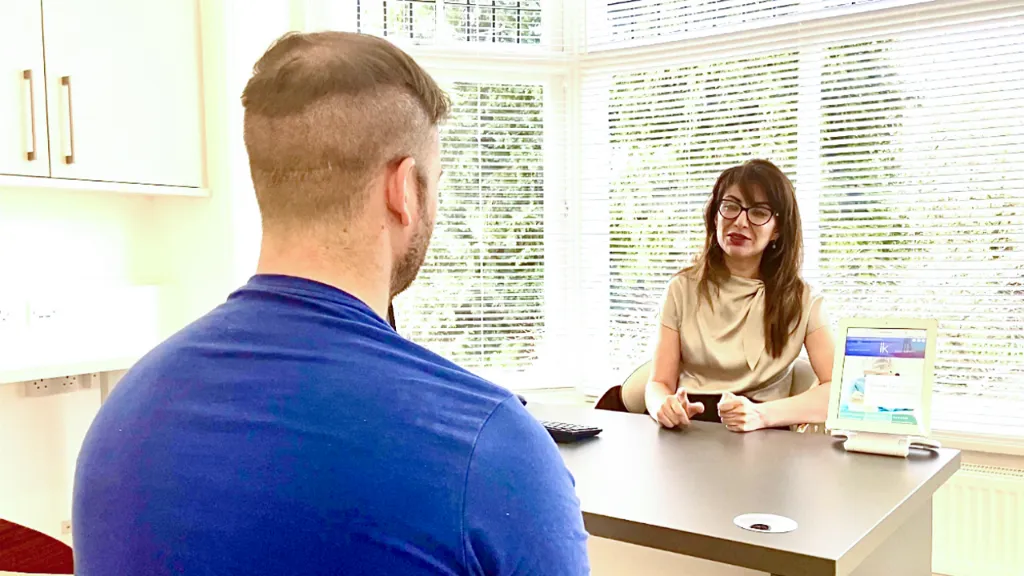
Post-Operative Monitoring: How AI is Enhancing Recovery
After a hair transplant, recovery is everything. Monitoring healing, identifying any signs of infection, and making sure those precious grafts are settling in properly – it’s a critical stage.
AI is now stepping in to support both clinics and patients during recovery. Mobile apps powered by AI can track healing through patient-submitted photos, spotting irregularities early and flagging concerns to clinicians.
That means you don’t need to worry about every itch or scab – the tech is keeping a close eye on it all.
Some platforms even send personalised reminders and care tips based on your healing progress. For patients, this means peace of mind. For clinics, it means better outcomes and happier clients.
It’s a win-win that proves AI isn’t just about machines – it’s about human reassurance.
AI and Personalised Hair Transplants: One Size Does Not Fit All
One of the biggest changes AI is bringing to the industry is this: personalisation. Because let’s face it – no two scalps are the same. What works for your mate won’t necessarily work for you.
With AI analysing facial structure, hair density, growth direction, and even genetic factors, clinics can now create a truly bespoke restoration plan. Want a hairline that flatters your face shape? Want density in the right places? AI makes it all possible.
This level of personalisation means better results, more confidence, and fewer regrets.
And it’s not just about the aesthetics – AI also takes into account lifestyle, future hair loss predictions, and long-term scalp health. The goal? Not just a quick fix, but a sustainable transformation.
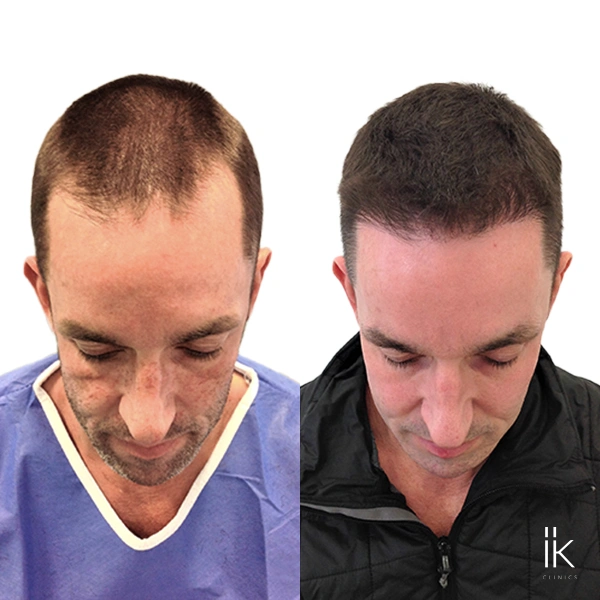
Affordability and Accessibility: Making Hair Transplants More Inclusive
Hair transplants used to be the reserve of the rich and famous – the kind of thing you’d hear footballers or film stars quietly doing abroad.
But thanks to AI and automation, the process is becoming more efficient – and that means lower costs. Shorter procedure times, fewer follow-ups, and smarter diagnostics mean clinics can streamline their operations without cutting corners.
As AI helps reduce the need for unnecessary consultations and manual planning, prices are becoming more competitive – and that’s fantastic news for everyday people.
Plus, with more clinics across the UK adopting these tools, you no longer need to travel to London or abroad to get access to the latest treatments. Whether you’re in Manchester, Birmingham, or Edinburgh, AI is helping bring top-tier hair restoration closer to home.
What the Future Looks Like for Hair Restoration
So, what’s next?
We’re likely to see even more integration of AI into every stage of the hair restoration journey.
Imagine fully automated simulations that let you visualise results from multiple procedures – or wearable tech that analyses scalp health in real-time and recommends treatments before hair loss even becomes visible.
Some experts believe we’re heading toward a future where preventative hair restoration will be the norm – catching early warning signs and stopping hair loss before it takes hold. And as more data is collected, AI will only get smarter. That means even better outcomes, less downtime, and more natural results for everyone.
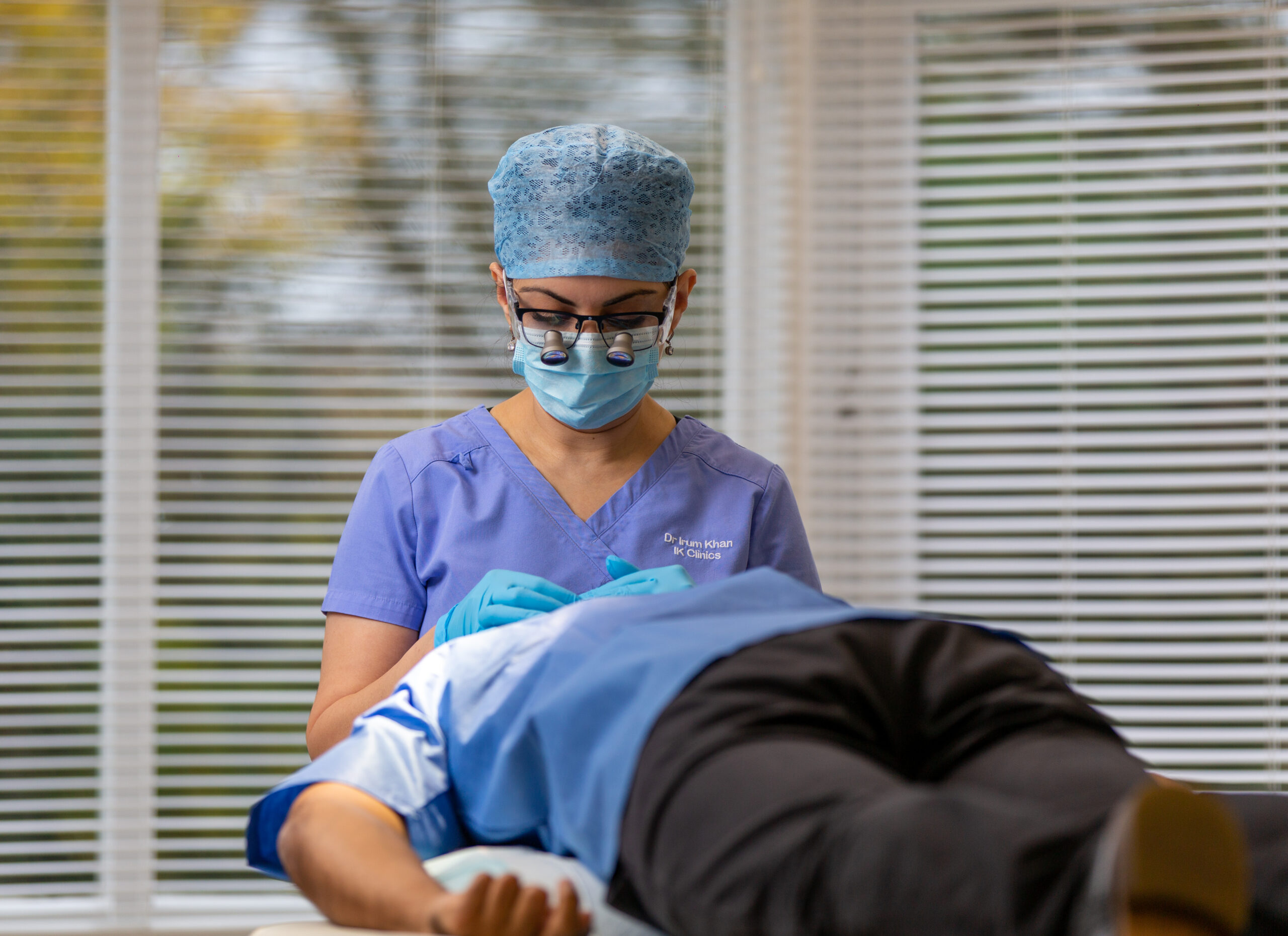
Final Thoughts: A New Era for Hair Transplants
AI isn’t just a buzzword – it’s already reshaping how hair transplants are done in the UK. From smarter diagnostics and surgical precision to easier consultations and post-op care, the whole process is evolving.
For patients, that means more confidence in the outcome, more comfort in the journey, and more options on the table.
Whether you’re just starting to notice hair thinning or have been thinking about a transplant for years, it’s clear that technology is making things better – and more accessible – than ever before.
Hair transplants aren’t just about vanity. They’re about feeling like you again. And with AI on your side, that transformation has never looked so good.
About IK Clinics
At IK Clinics, we’re not afraid to say that we’re proud to lead the way. Our expert team, advanced technology, and commitment to patient care ensure you get the best experience from start to finish.
What’s more, we offer a range of services in hair restoration, like FUE, Stem-cell and Plasma Therapy, along with various anti-aging treatments. Get in touch to find out more or book a consultation.

